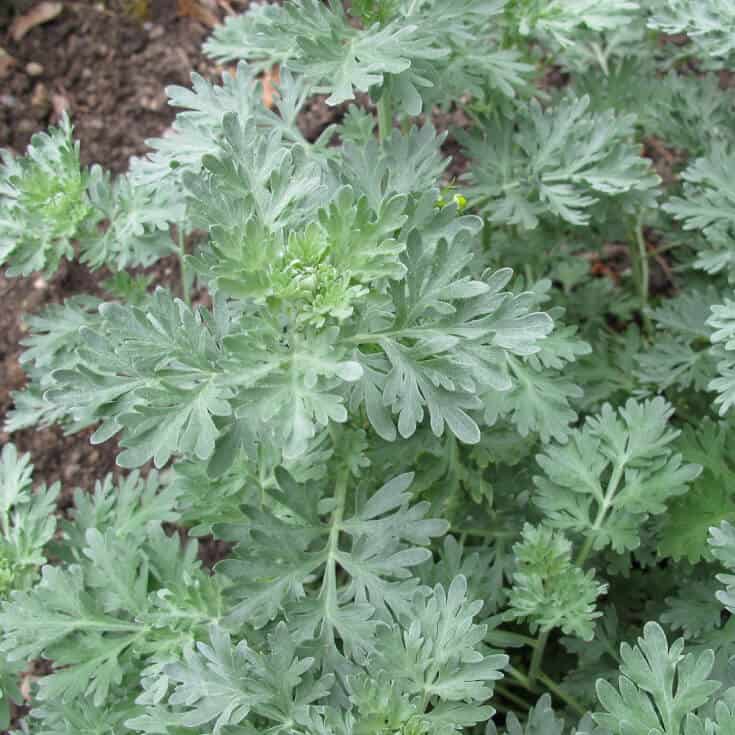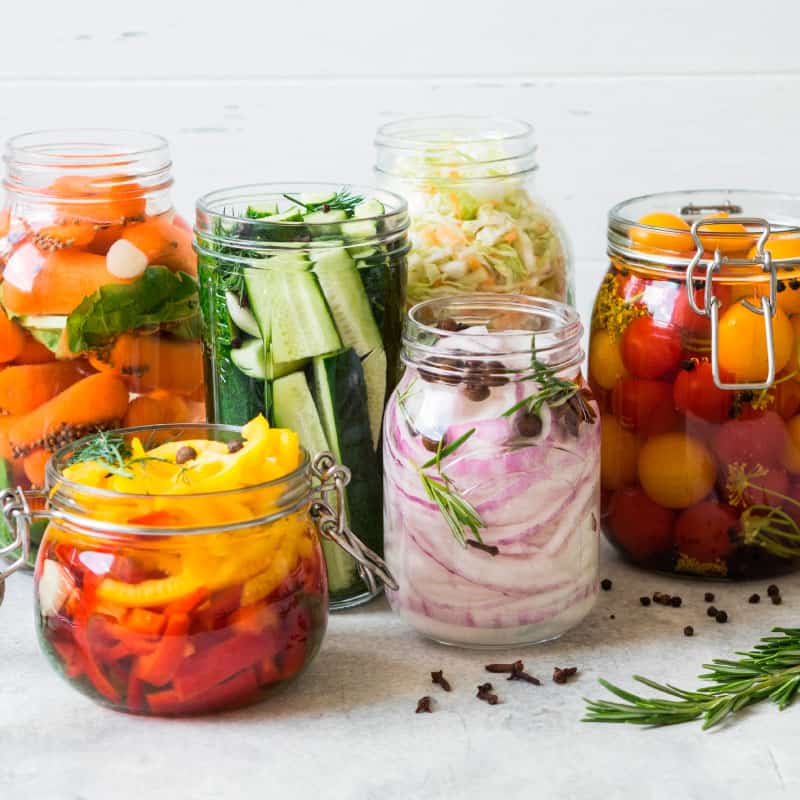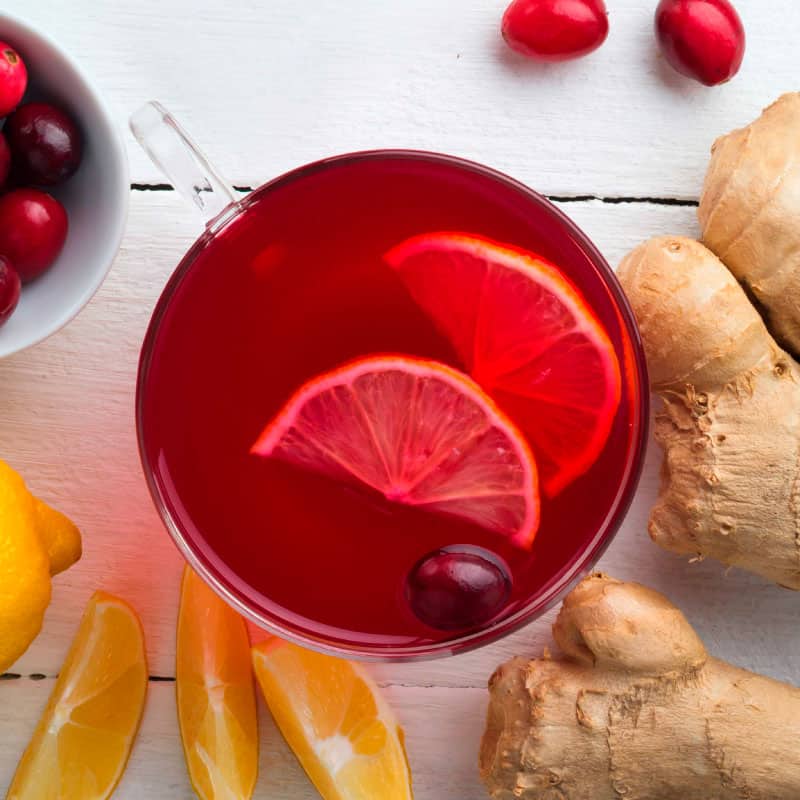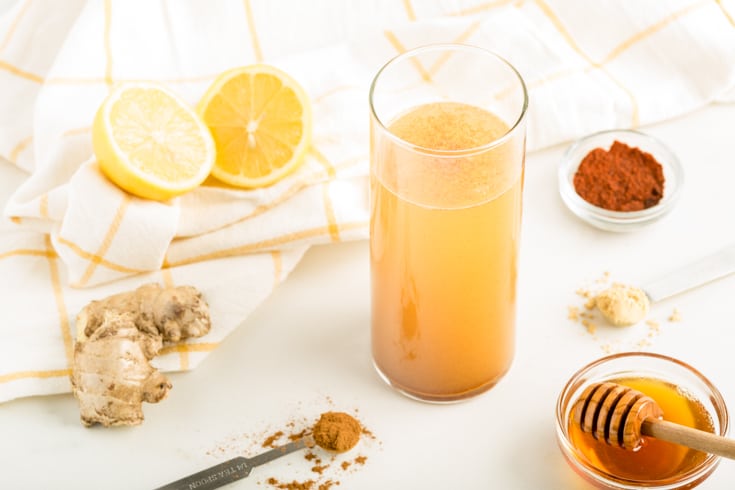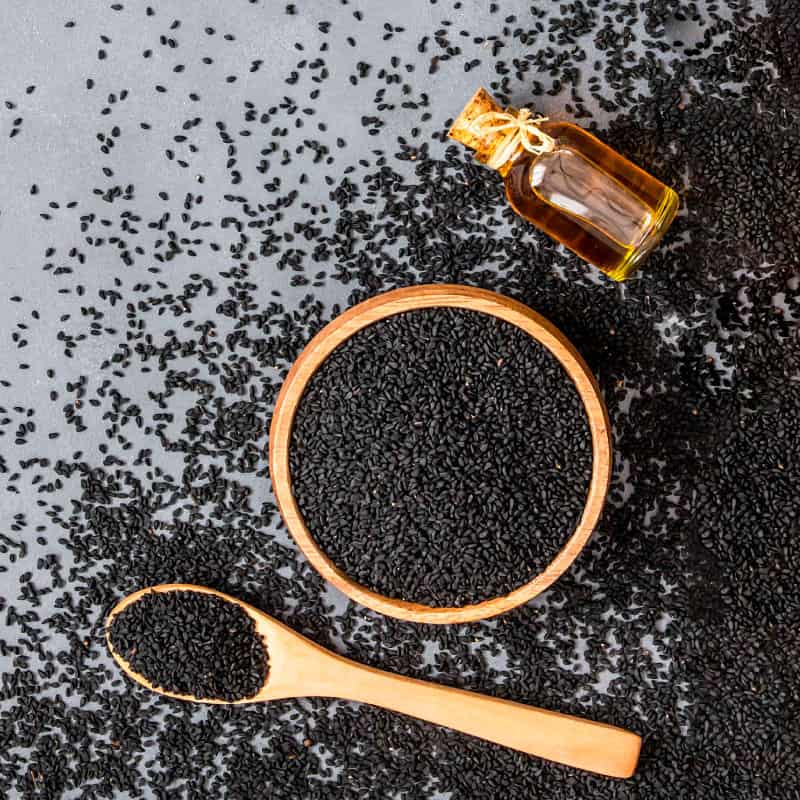There is nothing worse than starting an exercise program to burn fat, making some good diet changes, but still not seeing the results you want to see. Has that ever been you? It can be really frustrating — and be due to consuming foods that slow metabolism. The reason this happens, even though you think…
Salisbury steak is one of those dishes that is quintessentially American but seems to make an appearance in frozen dinners more than on kitchen tables. But you don’t need to pull out a pre-made meal full of nasties when you can make Salisbury steak right at home. Plus, not only is this Salisbury steak recipe…
Biotin, also called vitamin B7, is a nutrient that's often taken to keep hair, skin and nails looking healthy. It does more than support a good-looking appearance, however, considering it's involved in many metabolic processes, including those that help us break down foods into useable nutrients and energy. Consuming enough biotin is also a way…
If you suspect you may have a parasitic infection, there is a natural way to treat it. It's called a parasite cleanse. Parasitic infections have become more common with international travel over time. We now know that a variety of parasites can infect the intestinal tract, leading to a variety of digestive symptoms, such as…
It’s estimated that up to 25 percent of all adults are at least marginally deficient in vitamin B12 (also called cobalamin). Some experts believe this number may actually be a lot higher, since it’s suspected that there are many cases of undetected vitamin B12 deficiency. This means there are millions of people likely struggling with…
You may know of it as a flavoring agent in sambuca and absinthe, or maybe your grandmother sliced fennel bulb for you as a remedy for gassiness and indigestion. It turns out fennel has actually been used for its nutritious properties since ancient times, and it plays an important role in traditional medicine. In the…
Soup, glorious soup. It's such an easy way to start a multi-course meal or, paired with a side salad and sprouted bread, a simple lunch or dinner. And there's no better — or easier — soup than this onion soup recipe. You've likely had classic French onion soup at a restaurant or cafe but for…
By now, you've probably heard about and seen sprouted grain bread at the grocery store or farmers market. It may seem like a new dietary craze, but the methods used to prepare sprouted bread have existed for thousands of years. If you're looking for a healthier, more digestible and better absorbed type of bread, it's…
Made famous by the Atkins diet and other similar weight-loss plans, low-carb diets are most well-known for shedding pounds fast. Despite what might initially come to mind when you think about low-carb diet plans or what you may have been told about why low-carb diets are bad for you, research suggests that a balanced low-carb…
If you're wondering how to get rid of pimples, you are far from alone. The most common skin condition in America is acne, characterized by frequent zits, pimples and breakouts. Surveys show that acne affects about 85 percent of teenagers and continues into adult life for at least 20 percent of adults (more commonly in woman…

